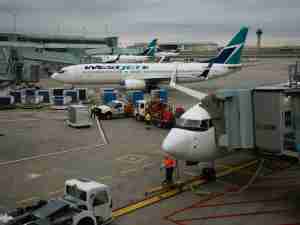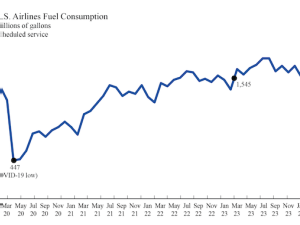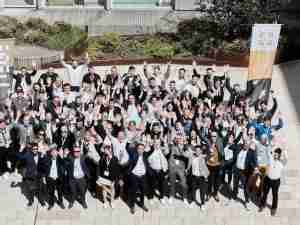The Emirates Group posted a AED 2.1 billion (US$ 575 million) net profit for the first six months of its current fiscal year ending 30th September 2012, up 68 per cent from AED 1.3 billion (US$ 343 million) from 30th September 2011.
Despite fundamental challenges, the Group's revenue and other operating income rose to AED 38.2 billion (US$ 10.4 billion) an increase of 16 per cent over the last year's results. This constitutes the first time in the Group's history that revenue surpassed the US$ 10 billion mark in a six month period. The Group's cash position on 30th September 2012 remained strong at AED 15.2 billion (US$ 4.1 billion), compared to AED 17.6 billion (US$ 4.8 billion) as of March end 2012. The AED 2.4 billion difference in the cash balance is primarily resulting from a AED 2.0 billion Sukuk bond repayment in June 2012.
'The Emirates Group half-year performance is the result of hard work and our drive to stay on course and continue to grow despite the precarious marketplace,' said His Highness (HH) Sheikh Ahmed bin Saeed Al Maktoum, Chairman and Chief Executive, Emirates Airline and Group. 'We have continued to invest in the infrastructure of both Emirates and dnata and it continues to pay off.'
Even with a challenging operating environment, the Group continued to invest in and expand on its employee base, increasing its overall staff count by more than 8 per cent in just six months to nearly 68,000.
During the first six months of the fiscal year Emirates received 13 wide-body aircraft, including two A380s and ten Boeing 777s and one freighter, with more than 15 new aircraft scheduled to be delivered before the end of the financial year (31 March 2013). As the fleet increased, Emirates further invested in its network by adding five new destinations that have joined the 10 new routes added since 30 September 2011, for a total of 15.
On its strong upward trajectory, Emirates continues to be one of the fastest growing airlines in the world. In spite of unstable global economic, geopolitical and environmental conditions Emirates continues to make a profit. In the first half of the 2012-13 fiscal year, Emirates net profit is AED 1.7 billion (US$ 464 million) up 104 per cent from AED 836 million (US$ 228 million).
'Emirates remained focused on its growth and global expansion despite on-going fluctuating exchange rates and ever lingering high fuel prices which accounted for 39 per cent of our expenditures, down 2 percentage points from last year,' said HH Sheikh Ahmed. 'The instability in the market over the past six months has put Emirates to the test, and once again we have risen to the challenge, our results speak for themselves.'
Equipped with the world's largest fleet of A380s and the largest fleet of Boeing 777s Emirates continues its broad, global expansion now flying to 126[i] destinations up from 114 last year to 74 countries compared with 67 last year. The airline has launched five new destinations since 1st April 2012 including Ho Chi Minh City, Barcelona, Lisbon, Erbil and Washington, D.C. Additional new routes to be added during the second half of the fiscal year include Adelaide, which launched 1st November and the upcoming routes of Lyon, Phuket, Warsaw and Algiers.
New A380 destinations for the airline for the first six months of fiscal year 2012-13 included Tokyo and Amsterdam bringing the total number of A380 destinations to 19.
In the first-half of its financial year 2012-13, Emirates posted strong business growth, both in terms of capacity on offer and traffic carried, performance that has been in sharp contrast to the current trend seen across the aviation industry. Capacity measured in Available Seat Kilometres (ASKM), grew by 17.3 per cent, whilst passenger traffic carried measured in Revenue Passenger Kilometres (RPKM) was up 17.8 per cent with Passenger Seat Factor sustained at a high level, av








